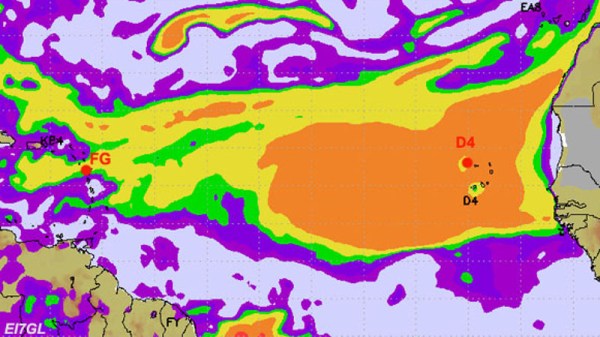Ignoring all of the regulations, band allocations, and “best amateur practices,” there’s no real fundamental difference between the frequencies allocated to the Family Radio Service (FRS), the General Mobile Radio Service (GMRS), the Multi-Use Radio Service (MURS), and the two-meter and 70-centimeter bands allocated to licensed ham radio operators. The radio waves propagate over relatively short distances, don’t typically experience any skip, and are used for similar activities. The only major difference between these (at least in the Americas or ITU region 2) is the licenses you must hold to operate on the specific bands. This means that even though radios are prohibited by rule from operating across these bands, it’s often not too difficult to find radios that will do it anyway.
[Greg], aka [K4HSM], was experimenting with a TIDRADIO H8 meant for GMRS, which in North America is a service used for short-range two-way communication. No exams are required, but a license is still needed. GMRS also allows for the use of repeaters, making it more effective than the unlicensed FRS. GMRS radios, this one included, often can receive or scan frequencies they can’t transmit on, but in this case, the limits on transmitting are fairly easy to circumvent. While it isn’t allowed when programming the radio over Bluetooth, [K4HSM] found that programming it from the keypad directly will allow transmitting on the ham bands and uses it to contact his local two-meter and 70-cm repeaters as a proof-of-concept.
The surprising thing about this isn’t so much that the radio is physically capable of operating this way. What’s surprising is that this takes basically no physical modifications at all, and as far as we can tell, that violates at least one FCC rule. Whether or not that rule makes any sense is up for debate, and it’s not likely the FCC will break down your door for doing this since they have bigger fish to fry, but we’d definitely caution that it’s not technically legal to operate this way.













